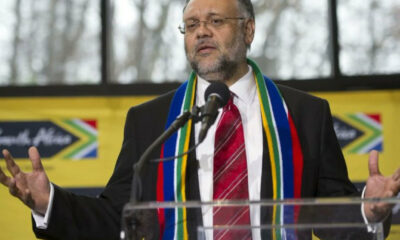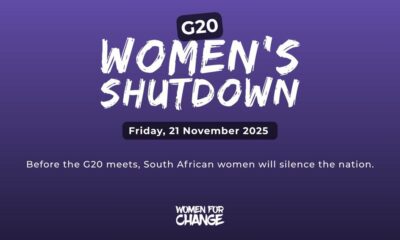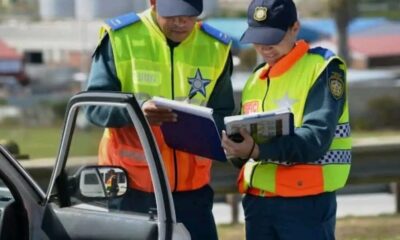News
The New Nuclear Race: South Africa Bets Big on Africa’s Atomic Future

A quiet but profound shift is taking place in South Africa’s energy strategy. Sixteen years after placing its advanced nuclear reactor project on ice, the country is not just reviving its atomic ambitionsit’s positioning itself to become a continental powerhouse in a rapidly emerging market.
According to Electricity and Energy Minister Kgosientsho Ramokgopa, South Africa is relaunching its nuclear development strategy with a clear goal: to compete in the fast-growing African market for nuclear fuel and Small Modular Reactors (SMRs).
Riding a Continental Wave of Atomic Interest
The minister’s confidence is fueled by a continental surge in interest. He revealed that more than 20 African nations are now in advanced planning stages for SMR installations. This creates what he described as an “insatiable” demand for nuclear fuel, a market currently dominated by China.
South Africa’s plan is not a single project, but a comprehensive reboot of its entire nuclear ecosystem. The strategy spans the full fuel cycle, from exploring uranium enrichment partnerships with neighbouring countries to building critical long-term waste disposal infrastructure.
Key pillars include the planned 2,400MW nuclear build at Duynefontein, extending the life of the Koeberg power plant, and strengthening nuclear institutions.
Unthawing a Frozen Asset
In a highly symbolic move, Cabinet has officially approved lifting the Pebble Bed Modular Reactor (PBMR) project from “care and maintenance,” a state of limbo it has been in since 2010. This decision unlocks the South African Nuclear Energy Corporation (Necsa) to seek international partners and investors to revive this homegrown technology.
“We lost about 16 years of development,” Ramokgopa admitted, acknowledging the ground that needs to be made up. “Now we are reopening these developments… we are going to make sure that we rebuild the nuclear programme and the research agenda in the country.”
Necsa has been tasked with reactivating key scientific facilities, including a helium testing facility and radiation laboratories, to regain lost expertise.
Building the Backbone: Waste and Funding
A critical, often overlooked, part of the plan is managing nuclear waste. The government has approved R2.1 billion to establish a Central Interim Storage Facility for spent fuel. For the long term, work is underway at the Vaalputs site to develop a Deep Geological Repository, which would be only the second of its kind in the world.
Crucially, the minister assured that this ambitious expansion will not burden the national fiscus. “We are not going to rely on the fiscus,” he stated, pointing to significant interest from international “suitors” eager to partner with South Africa.
This strategic pivot marks a bold bet. South Africa is not just seeking energy security for itself; it is aiming to become an indispensable, dominant player in what it sees as Africa’s nuclear future. After a 16-year hiatus, the country is rushing to reclaim its place at the atomic table.
{Source: IOL}
Follow Joburg ETC on Facebook, Twitter , TikTok and Instagram
For more News in Johannesburg, visit joburgetc.com
























